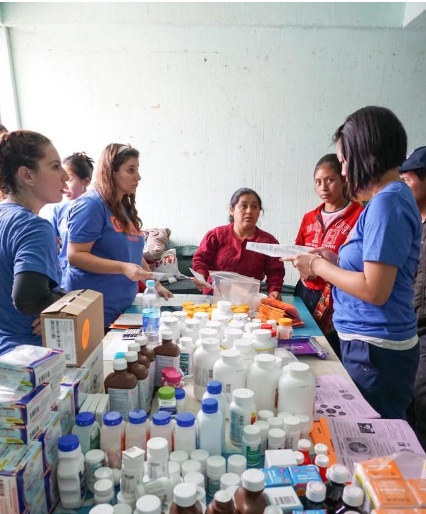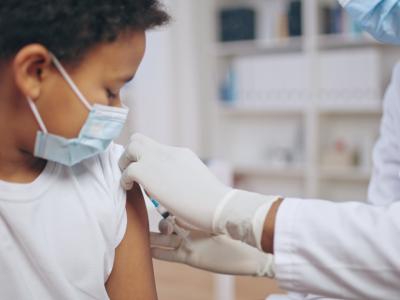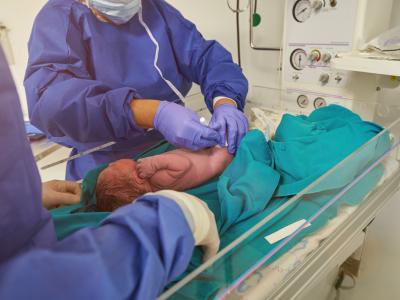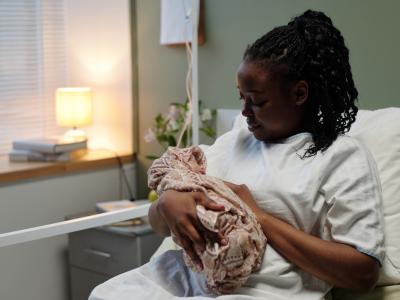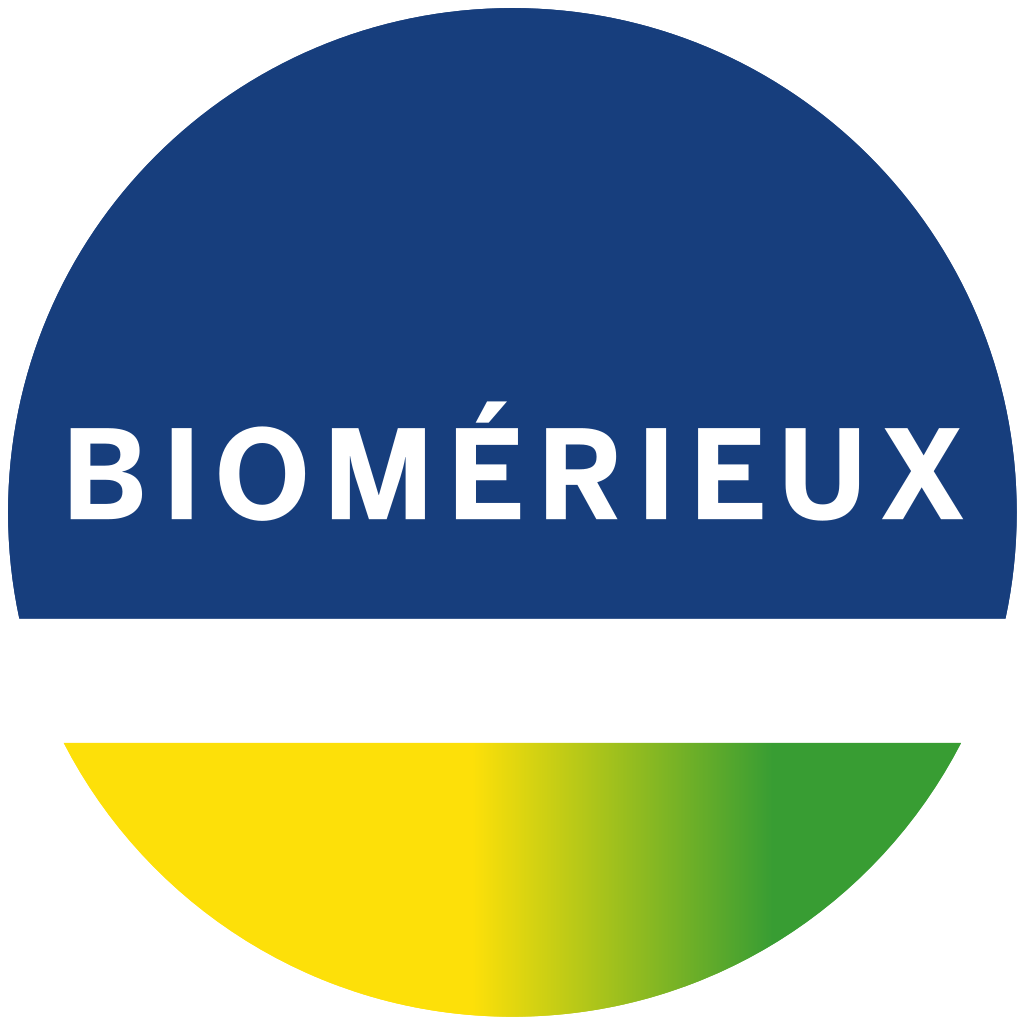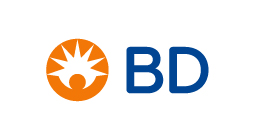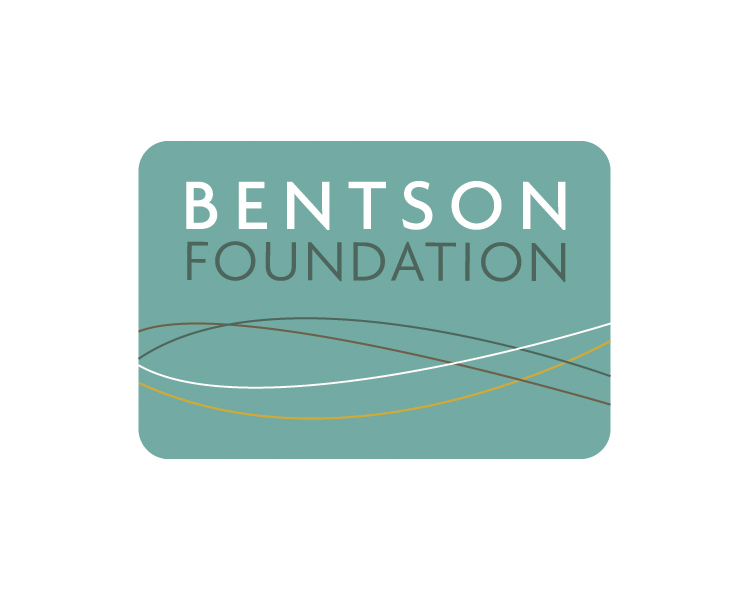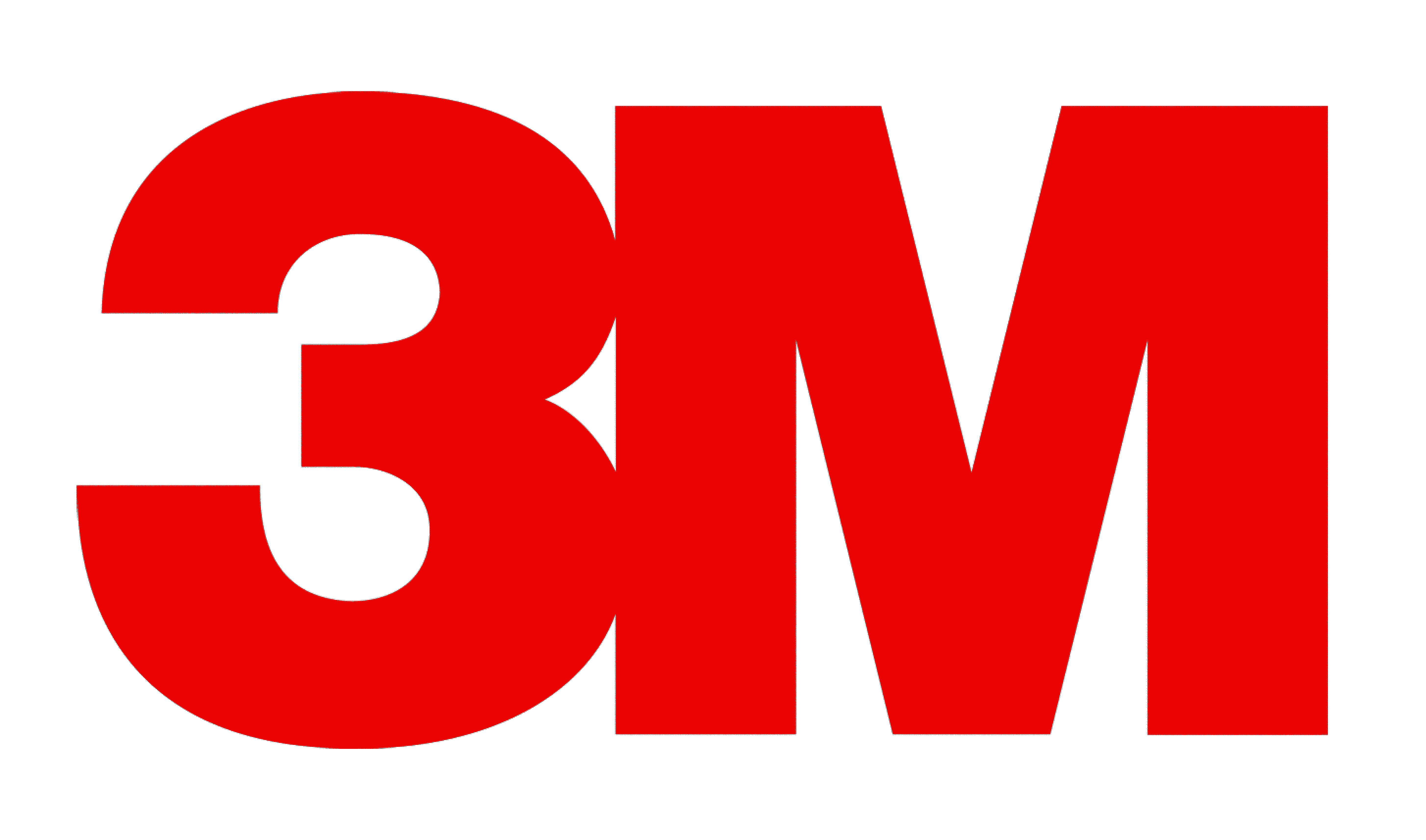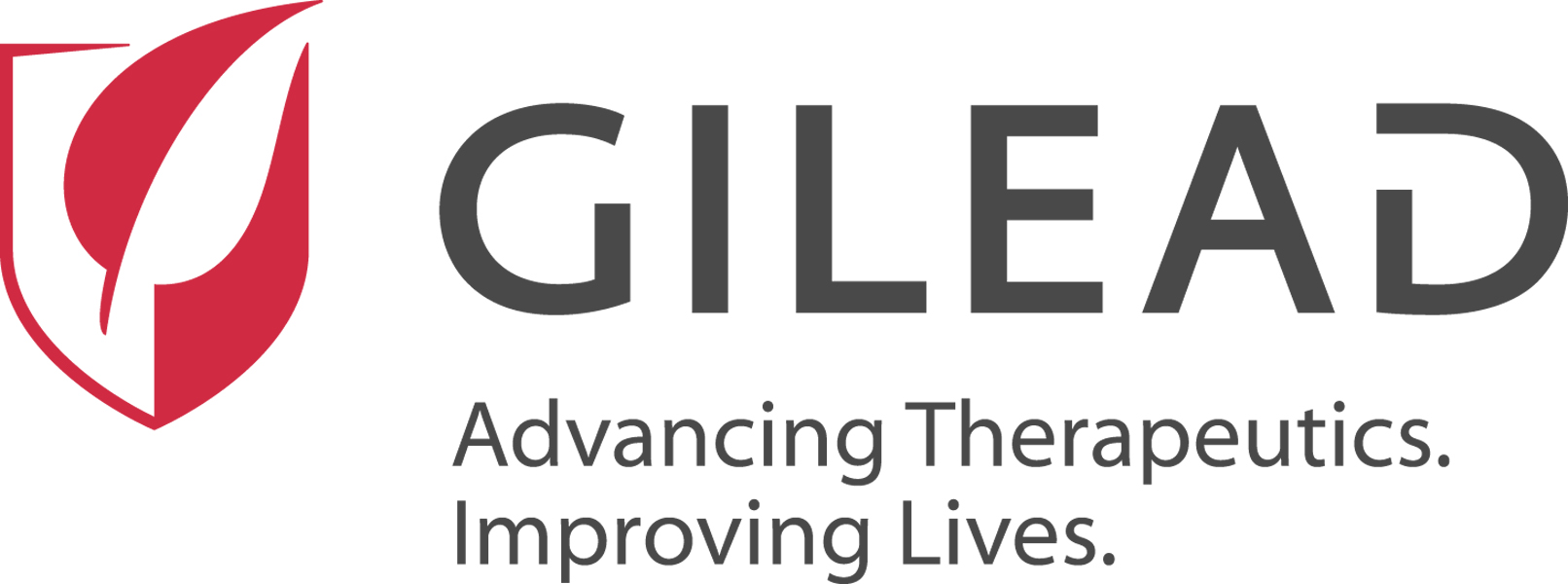Combating Antibiotic-Resistant Bacteria Biopharmaceutical Accelerator (CARB-X) announced today that it is awarding $3 million to Swiss biotechnology start-up Baxiva AG.
The funding will help Baxiva further develop its leading program, a multivalent glycoconjugate vaccine that targets the most common serotypes associated with invasive extraintestinal pathogenic Escherichia coli infections. The company's platform enables the rapid development of vaccines targeting serotype-specific polysaccharides of gram-negative bacteria.
E coli is a leading cause of urinary tract infections worldwide and a frequent cause of neonatal sepsis infections, particularly in low- and middle-income countries.
Novel prevention approach
The award is the latest from CARB-X's 2024 funding round, which aims to fill research and development (R&D) gaps in the global antibacterial development pipeline. One of the four themes of the funding round was novel approaches for the prevention of invasive diseases caused by E coli or Staphylococcus aureus.
"Vaccines are a powerful tool in the global effort to prevent infections and curb the spread of antimicrobial resistance," CARB-X R&D director Erin Duffy, PhD, said in a press release. "Baxiva's multivalent glycoconjugate vaccine project explores a range of novel polysaccharide antigens in vaccine candidate solutions, addressing a critical unmet need in infection prevention."
Since its launch in 2016, CARB-X has supported 115 early-stage R&D projects designed to prevent, treat, and diagnose antibiotic-resistant infections.
.jpg)
